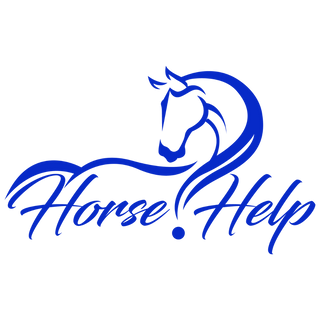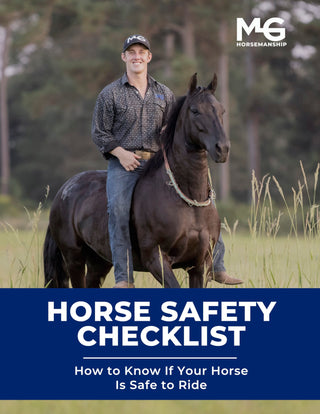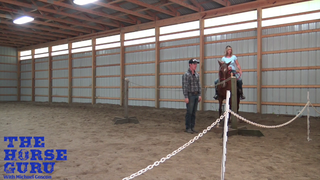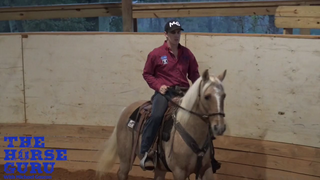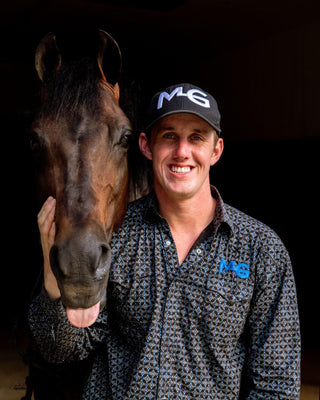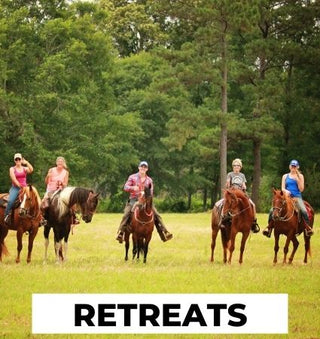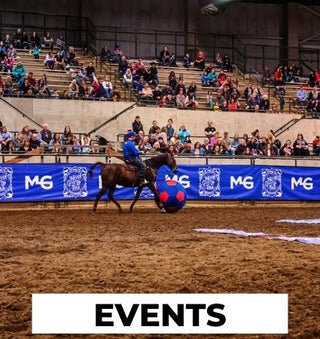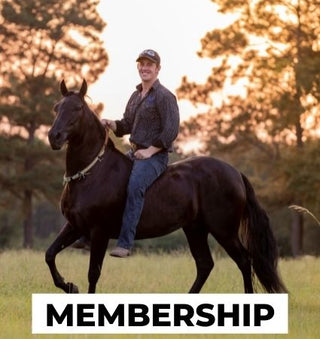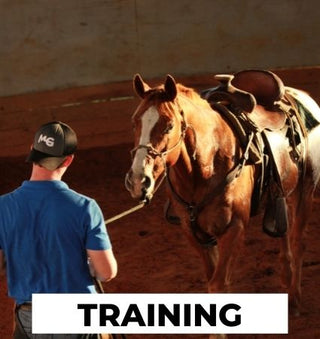Watch the Video Here or continue reading below!
Proper pad fitting is crucial when it comes to riding gaited horses. A poorly fitted pad can cause discomfort, inhibit movement, and even lead to long-term soreness or behavioral issues. In this guide, we’ll break down the essentials of saddle pad fitting for gaited horses—especially if you’re looking to enhance your horse’s comfort and performance under saddle.
Why Pad Fit Matters for Gaited Horses
Gaited horses move differently than other breeds, often requiring a slightly different tack setup. Because many riders want their gaited horse to lift its head and drive into the bridle, the saddle pad must accommodate this posture without restricting motion or creating pressure points.
Choosing the Right Pad: The Cutback Advantage
When fitting a pad for a gaited horse, a cutback pad is the preferred option. Unlike a standard pad, a cutback design allows room for the horse's withers and neck when the head is elevated.
“Whenever I’m palpating for a gaited horse, I prefer a cutback pad… because if this was a straight pad, a lot of times that’s going to rub right here in front of their withers.”
A cutback pad prevents rubbing and pressure on the sensitive area in front of the withers—making it ideal not just for gaited horses, but for any horse expected to carry its head higher.
Pad Placement: Ensuring Proper Coverage
Another key to proper pad fitting is ensuring that the pad fully supports the saddle.
“Make sure your pad is covering everywhere that your saddle is touching the horse… the saddle should not touch any part of the horse that the pad doesn’t.”
If any part of the saddle contacts the horse without the cushion of the pad, it can create friction and pressure points, leading to soreness or stiffness.
Avoiding Oversized Pads
Pads that are too large can cause more harm than good. Riders sometimes use oversized pads that extend over the horse’s hip bones, but this can create unnecessary friction and discomfort.
“We’re talking about a pad that’s back here… that has no reason to be on the hip bones. That friction over time can cause discomfort.”
Stick with a pad that matches your saddle’s footprint for a clean, supportive fit.
Don't Forget the Mane
A small but often overlooked step in saddle and pad setup is managing the horse’s mane.
“Grab the mane and drive it forward—get it out from under the pad.”
When the mane is trapped under the pad, it can tug against the hair with each stride, creating downward pressure and reducing your horse’s freedom of movement. A quick sweep of the mane forward before tightening your girth can improve comfort significantly.
Final Thoughts: Comfort Enhances Performance
At the end of the day, using a properly fitted cutback pad for your gaited horse will result in a more comfortable, willing, and free-moving partner. From wither clearance to pad length to mane management, every detail counts in building the foundation for a smooth, effective ride.
